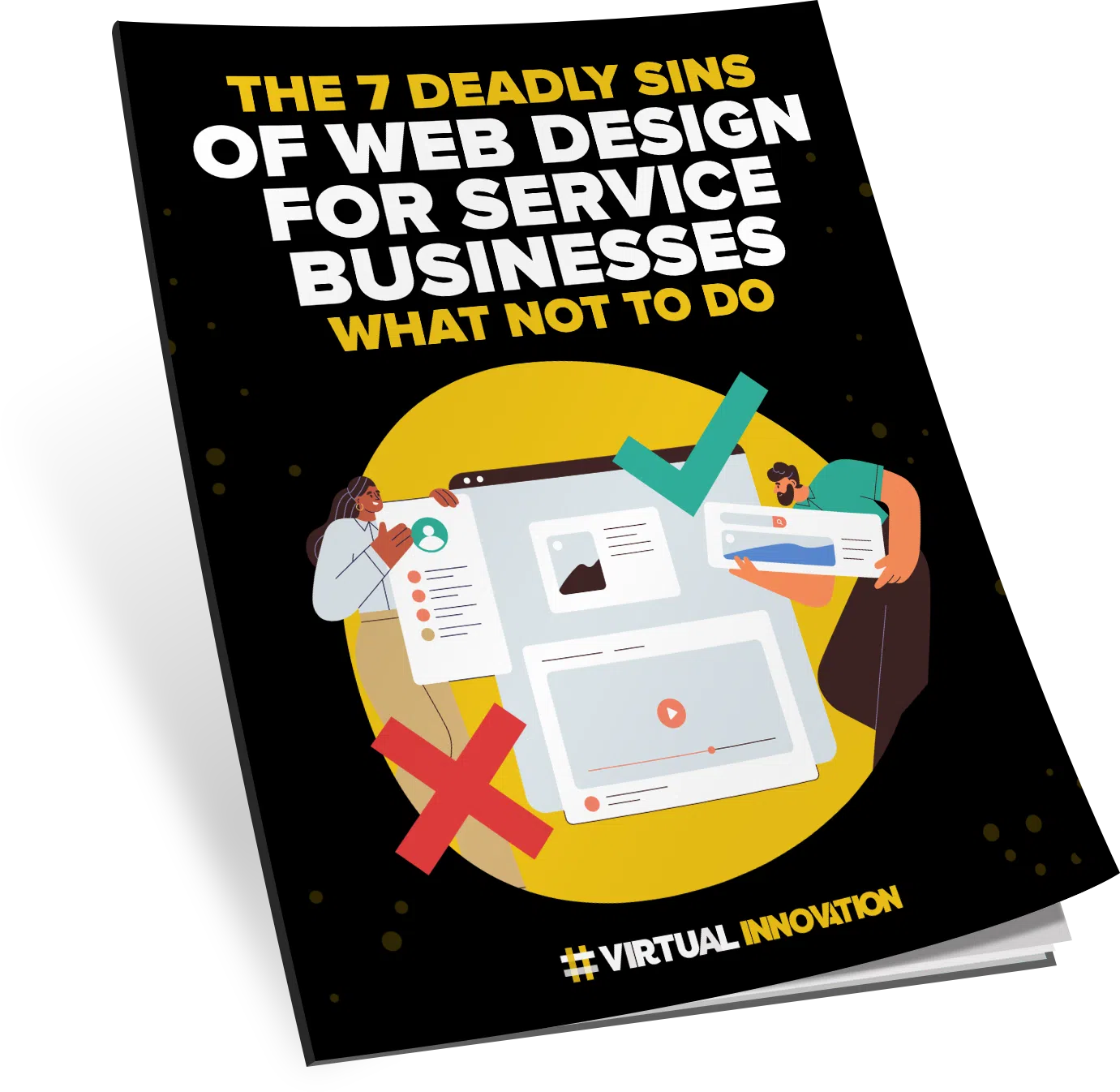
Have you ever felt overwhelmed with marketing? You are not alone.
There is a lot you could do with content marketing, but people usually don’t take any action, just because they don’t know where to start or how to do it properly. This leads to a lack of consistency and to poor quality and inefficient product.
Content planning for business
In this article, I am going to talk about content planning for business, a plan that will help you create and publish effective content for your blog, social media platforms and emails.
When it comes to create and share quality content, many people struggle with planning the next step and how to do it. There are many questions, and usually, the task of planning gets put in the basket of things that are too hard to do.
To start easily, you can do a few things:
- Hire a company to help you (this usually works for many people)
- Buy premade content (we have a brand that provides premade content, ShareThis.Video, that works really well.
However, if you prefer to create your own content, you absolutely need to have a content strategy. If you don’t have a structure, you will never get round to create your content. Or, you might create it and do nothing with it, or you might get stuck and fail to complete it. It’s easy to get stuck in content creation, it happened to myself and to many other business owners.
I want to share with you some valuable and straightforward tips about content planning.
Tips for content planning
The two most important things I recommend considering when planning your content are:
- Consistency
- Value
It does not have much use to post one video today, one in three and a half weeks, and another one in four months. It is very inconsistent. We personally do three videos a week to post out on Facebook and LinkedIn. We also send our network the video links via newsletters, and we publish one blog post every two weeks. This way, we know what we are doing. We have consistency built into our plan.
Create content in a format that fits you
When you create content for your market, I recommend using a format that best fits you. For example, I am not a great writer. Writing a long article does not really work for me. I do love video content and podcasting because I am verbal and visual, so these two are my mediums of choice to get my content out to the world.
There is no one size fits all. Other people might prefer writing articles or use pictures. Whatever your thing is, do it! Don’t get stuck on what people are telling you to do, because you just won’t do it.
There are always ways around things. If you want to write a long article, you can hire a company to turn it into an explainer video. If you like doing videos, just face the camera or get a selfie stick and go for gold. Don’t worry about it being perfect. There are so many companies out there telling you not to release stuff unless it’s picture-perfect or it will hurt your brand. I don’t agree with that. Unless your brand is so big that it has remarkably strict brand guidelines and remarkable levels of complexity, it doesn’t matter.
Being seen and getting out of obscurity is more important! I borrowed that line from a friend in Facebook advertising, Scott Wilson, who uses it a lot because it is true. You’d better be seen in the front of mind then keep holding off on releasing content because you’re worried.
Content Planner
1) Pick your format
What medium are you comfortable with? Is it audio and video? Is it just screen capture video that you can turn off so you can’t be seen? Is it audio through a podcast? My podcast just hit 31,000 downloads, you know they work. Podcasting is huge and it keeps growing. Do you want to write an article that Google loves? Pick your format, own it, and learn it.
2) Quantity
What do you want to set as a structure? For me, a podcast is usually about ten minutes. I’m not going to pick myself up if it’s eight minutes or if it’s twelve minutes but it’s about ten minutes, personally. Videos are approximately three minutes, but if they are a bit longer, it’s ok because they provide value. If you are writing an article, what is your word limit? What are you aiming for? Give yourself some sort of feedback metric. For example, when you get to one thousand words, review it and see what you can cut out or improve on.
3) When will you create it?
Consistency happens when you set timeframes. I do my podcasting Monday, Tuesday and Wednesday between 9:00 and 11:00 that’s it. It took a while to come into my brain and to stay there. Now it’s just a habit. Set a timeframe, if not you will not get it done.
4) How will you distribute it?
If I do a video, I will share it on LinkedIn and Facebook. I will share certain videos through a newsletter. Our team is excellent at helping businesses, as well as our own, to create video newsletters. With other videos, we will create a blog post. W will design a nice graphic, we’ll get it transcribed and we’ll publish it as a blog post. Some companies can help you do that if you want to create the raw content.
5) What do you need help with?
This is the big question. Think about what you need help with. If you have selected video, do you need help getting it transcribed? Do you need help designing a blog post graphic or getting someone to load it into WordPress? Do you need someone to help you distribute it through social media? Do you want to take it to another level with Facebook Ads? What are your needs?
Conclusion
The best businesses have teams to help them. They don’t have to be in your company. If you have someone there, that’s brilliant. If not, look for outside help. If you have any questions about this, our team can help you, or anybody else. Just to get it done. Don’t sit there in obscurity because if you think about it, no one else sees it.
Those are just a few tips on content planning. I hope that’s added some value into your life and your business and, as I said, if Virtual Innovation team can be of help, just shout!
Watch the video below to know more.




